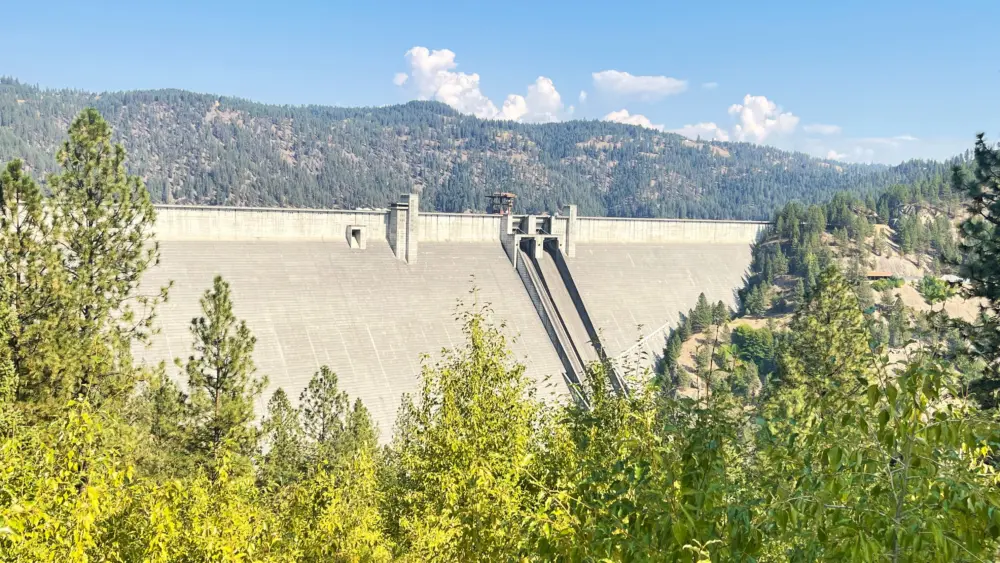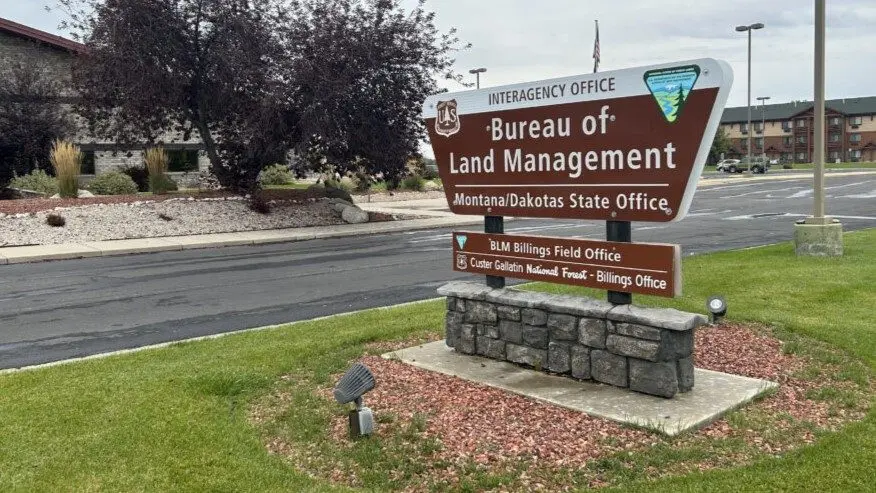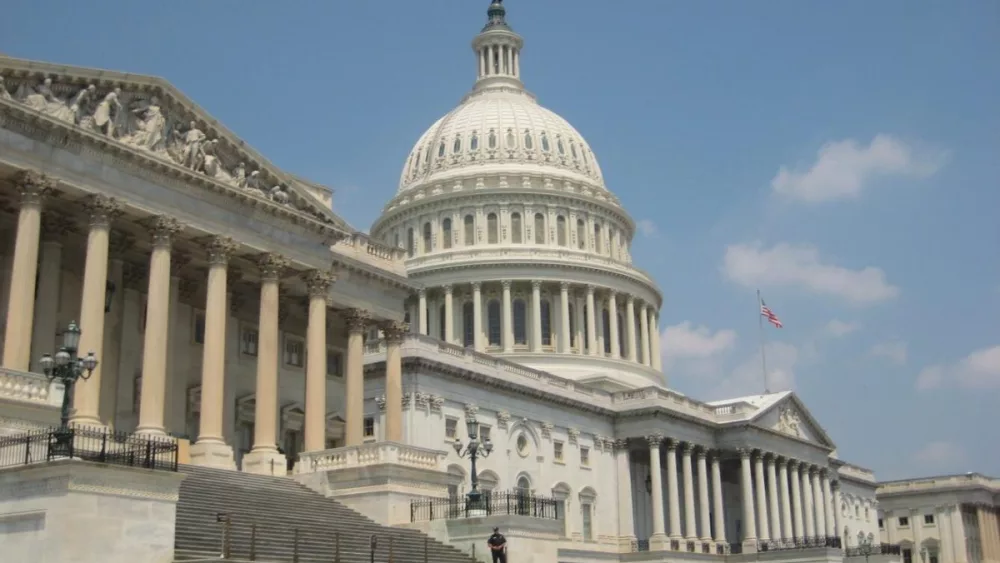OLYMPIA – A new report recently released by the Washington Department of Fish and Wildlife (WDFW) calls for new strategies and policy tools to address consequences of increasing human demand for water and the effects of climate change on Washington’s rivers and streams.
The paper articulates the need to better predict future shifts in precipitation and the effect on streamflow, understand how groundwater and surface-water interact, and estimate how climate change and other stressors will affect salmon survival and water availability for people across the state.
In Washington, 14 steelhead and salmon species are listed as at-risk of extinction under the Endangered Species Act. The ongoing impacts of climate change and increasing human population pressures will challenge the ability of streams to continue supporting native fish and wildlife.
Climate change is projected to result in widespread increases in winter streamflow, declines in summer streamflow, and increasing stream temperatures that will degrade habitat for many native aquatic species, especially cold water-adapted fish like salmon. Additionally, continued human population pressures will increase land-use change and habitat loss with unintended negative consequences for fish and wildlife.
“We know that fish are dependent on specific streamflows over the course of the year,” said Tim Quinn, Ph.D., WDFW Habitat Program chief scientist. “Changes in streamflow associated with climate change and increasing human water needs will challenge salmon recovery efforts in Washington. This report also shows us that climate change and its impacts on streamflow is not just a future concern, but rather a current and ongoing issue — and one that we will need to address if we want to recover salmon.”
The report outlines the following projections for imperiled salmon and other fish and wildlife populations.
- Pre-spawning mortality will increase in summer- and fall-spawning salmon due to increasing stream temperatures and lower low flows. Declining summer streamflow will decrease the quantity and quality of juvenile rearing habitat, and in some cases delay and in others accelerate downstream smolt migration, creating mismatches in timing of adequate food and/or the absence of predators.
- Fewer salmon will survive beyond the fry stage, which refers to one of the earliest stages in the salmon life cycle when fish first emerge from their gravel beds, due to increased winter flooding. Early life-history stages of salmon may experience higher mortality as a result of higher flows that wash away eggs and reduce the availability of slow-water habitat for rearing juvenile fish.
- Increased wildfire frequency and intensity will likely negatively impact streamside habitat, streambank stability, and organic inputs, which will affect many species. About 85% of wildlife species in Washington use streams and rivers, with about 170 species requiring habitat near streams and rivers for some portion of their lives.
The report calls for coordinated water conservation planning among local, state, federal, and other partners to establish a science-policy forum to address instream water issues, prioritize regional knowledge gaps, and identify key areas for water resource protection and restoration. It also proposes advances in monitoring and adaptive management to better understand and maximize the benefits of restoration projects and other tools designed to enhance flows.
Emphasizing the importance of thoughtful collaboration, the report also encourages a partnered approach going forward. WDFW is committed to working with other state agencies and partners to explore approaches for addressing the water needs in Washington in the coming decades for both fish and wildlife — and people.
Reference the full report on WDFW’s website.
The Washington Department of Fish and Wildlife works to preserve, protect and perpetuate fish, wildlife and ecosystems while providing sustainable fish and wildlife recreational and commercial opportunities.




